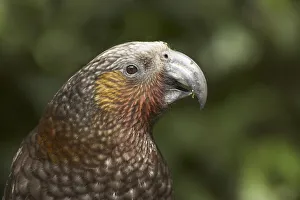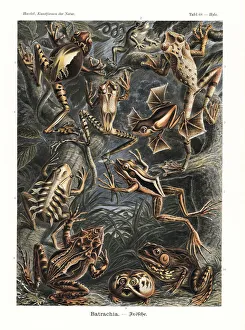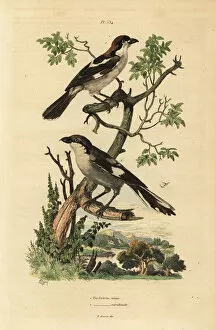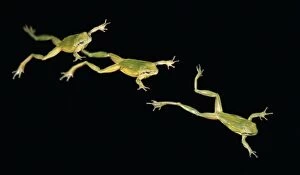Meridionalis Collection
Meridionalis, also known by its scientific name DDE-90038705
All Professionally Made to Order for Quick Shipping
Meridionalis, also known by its scientific name DDE-90038705, is a fascinating species that encompasses various creatures such as the burrowing parrot and New Zealand kaka. These birds are renowned for their unique behaviors and striking appearances. One of the most intriguing aspects is its association with Batrachia frogs and toads. These amphibians play a crucial role in maintaining the delicate balance of ecosystems where Meridionalis resides. Their symbiotic relationship highlights the interconnectedness of different species within nature. Another remarkable member of the Meridionalis family is the Woodchat shrike, scientifically known as Lanius senator. This bird's distinctive features include an elegant plumage and a sharp beak used for hunting small insects and lizards. The Woodchat shrike's presence within Meridionalis habitats adds diversity to this already captivating group. Southern regions provide an ideal environment for Meridionalis to thrive due to their favorable climate conditions. The warm temperatures and abundant resources contribute to the flourishing populations of these unique creatures across Southern territories. DDE-90026718, DDE-90026717, DDE-90026710, DDE-90026474, DDE-90026473, DDE-90026435, DDE-90026434, and DDE-90026327 are all specific identifiers associated with different subgroups or individuals within the larger Meridionalis classification system. Each identifier represents a distinct genetic variation or geographical location where these organisms can be found. Meridionalis encompasses a diverse range of species including burrowing parrots, New Zealand kaka birds, Batrachia frogs and toads, Woodchat shrikes (Lanius senator), among others. Its existence in Southern regions showcases how various organisms coexist harmoniously while adapting to their respective environments. Understanding more about this fascinating group can provide valuable insights into the intricate web of life on our planet.




















